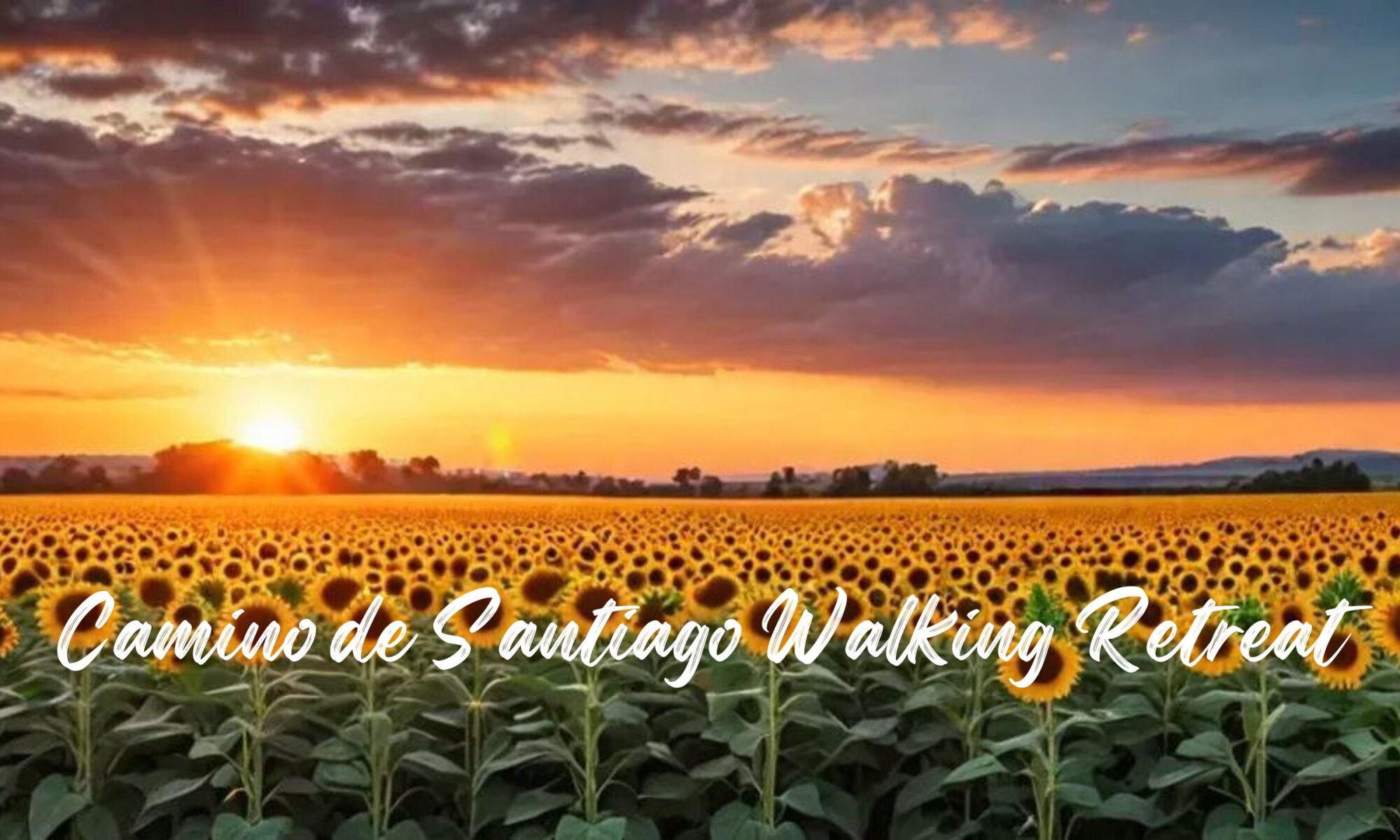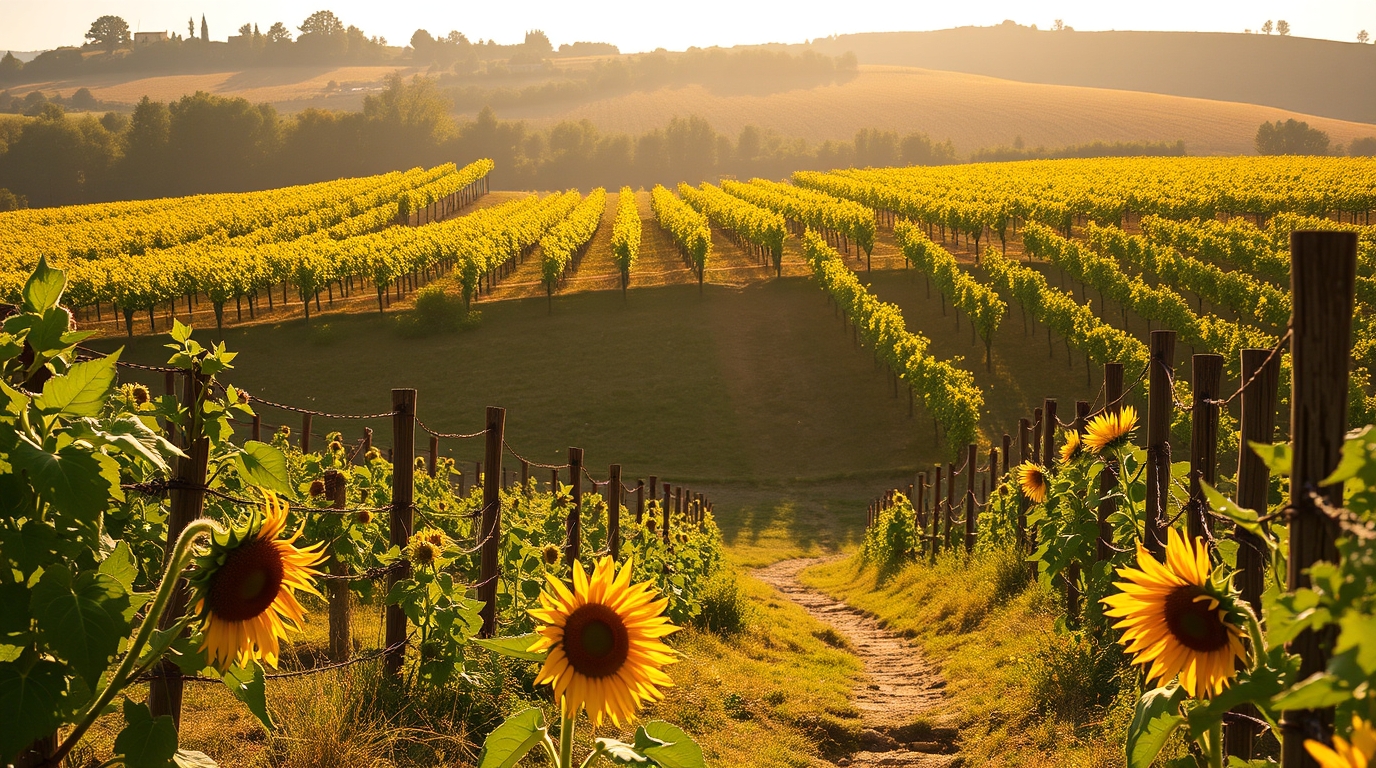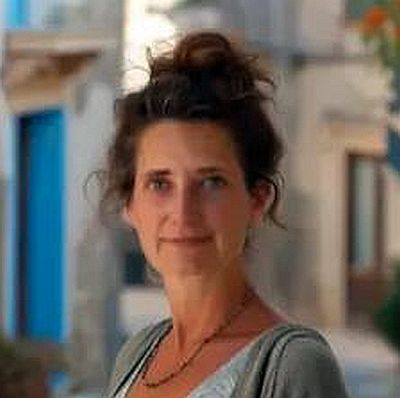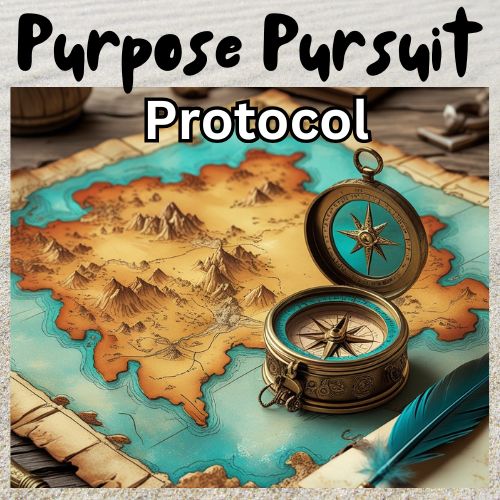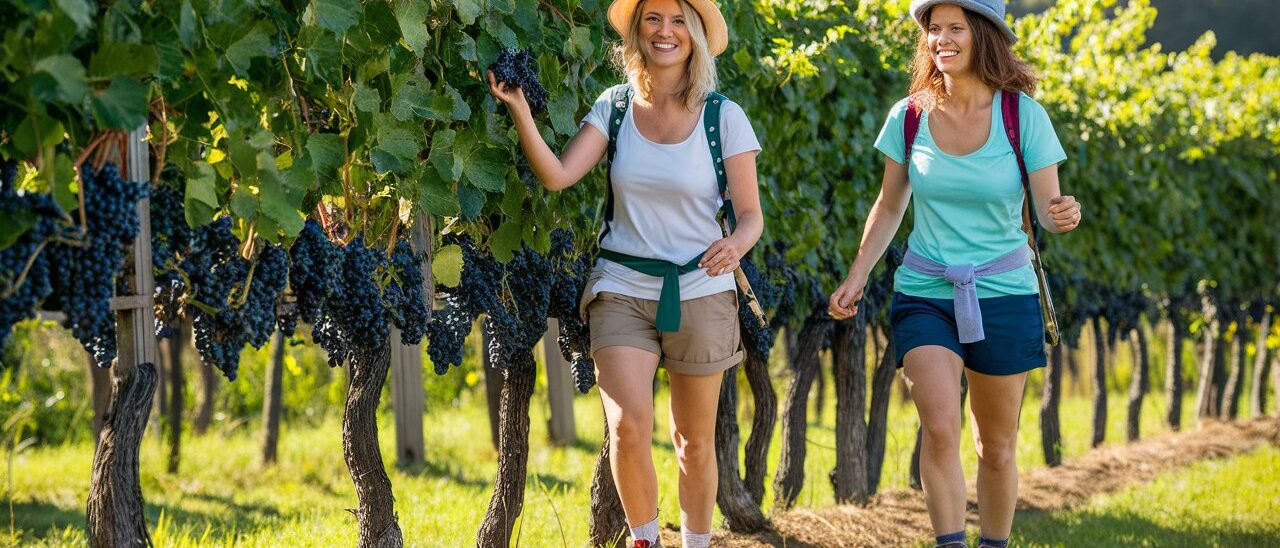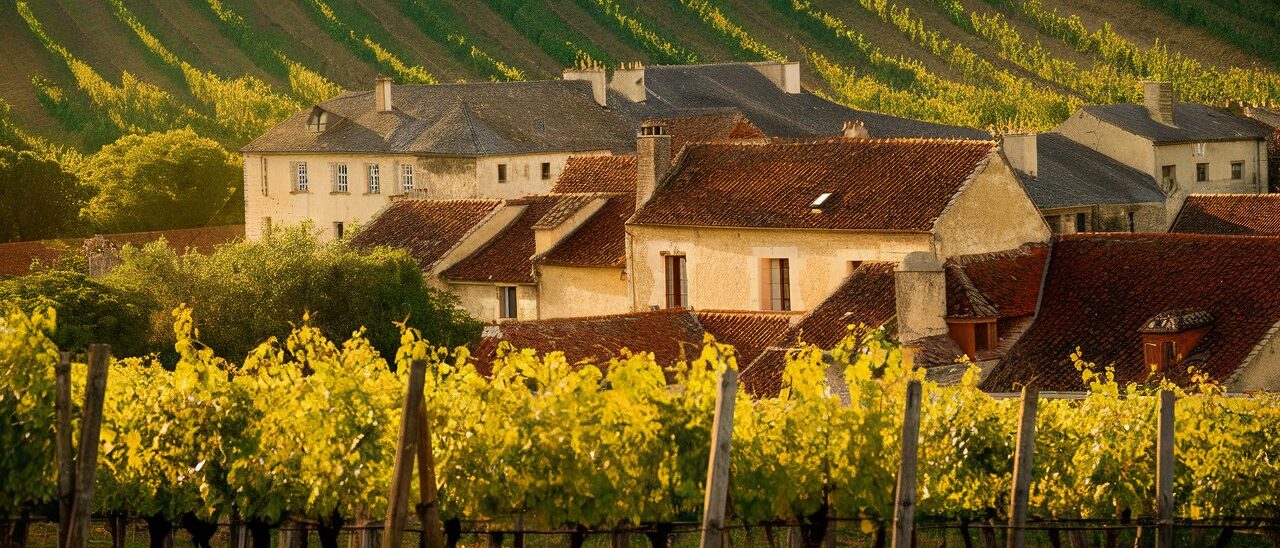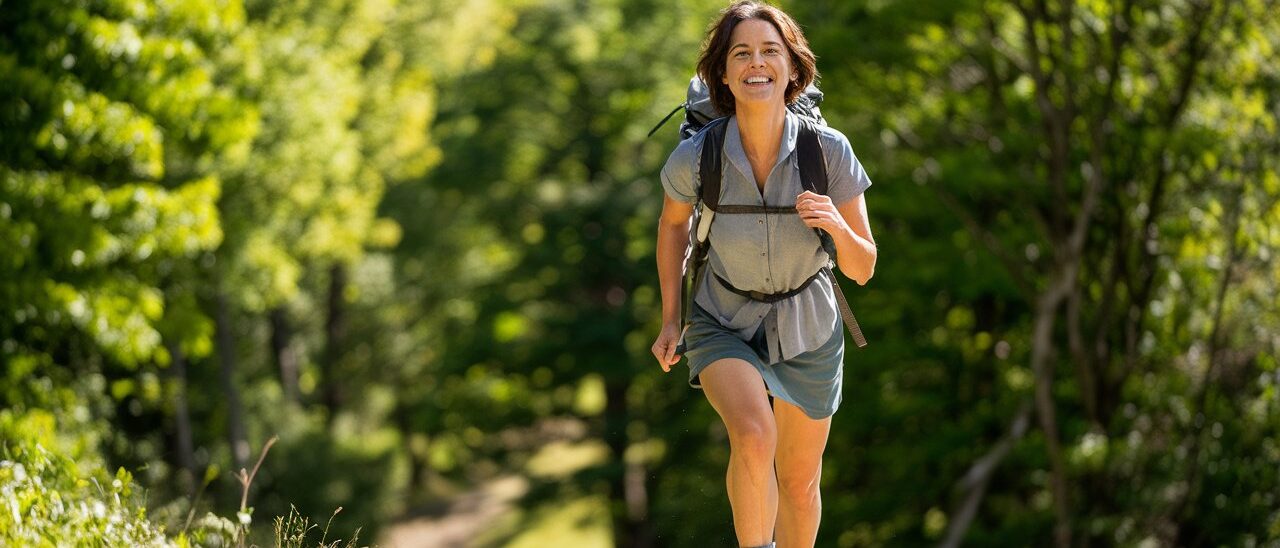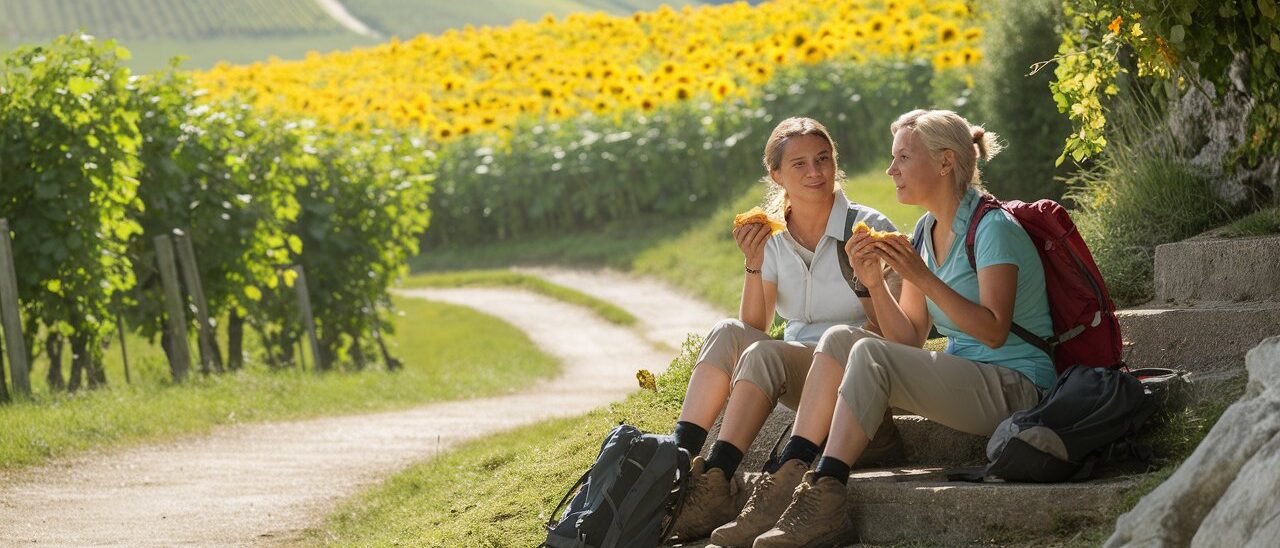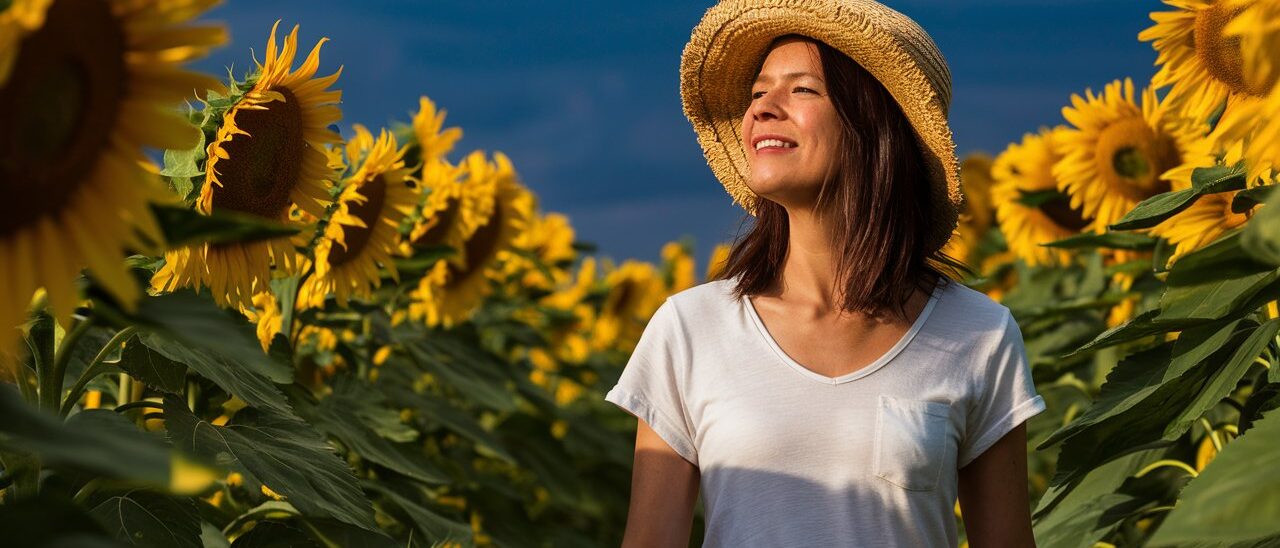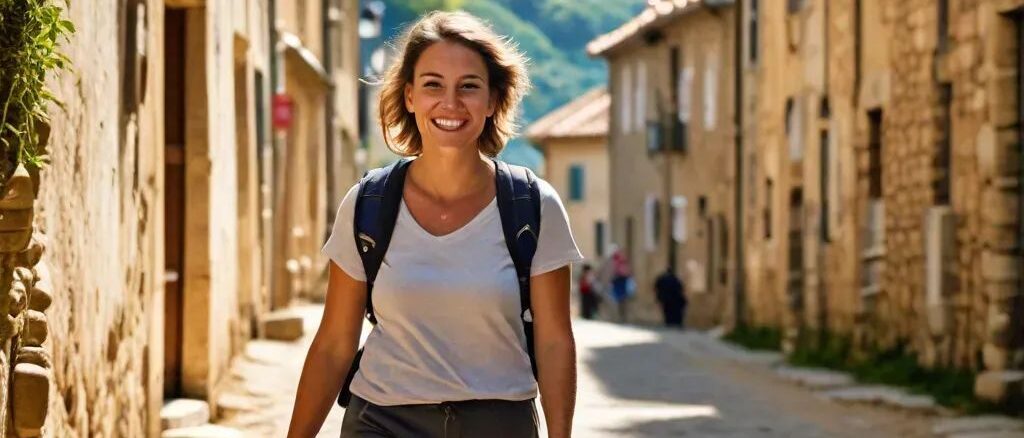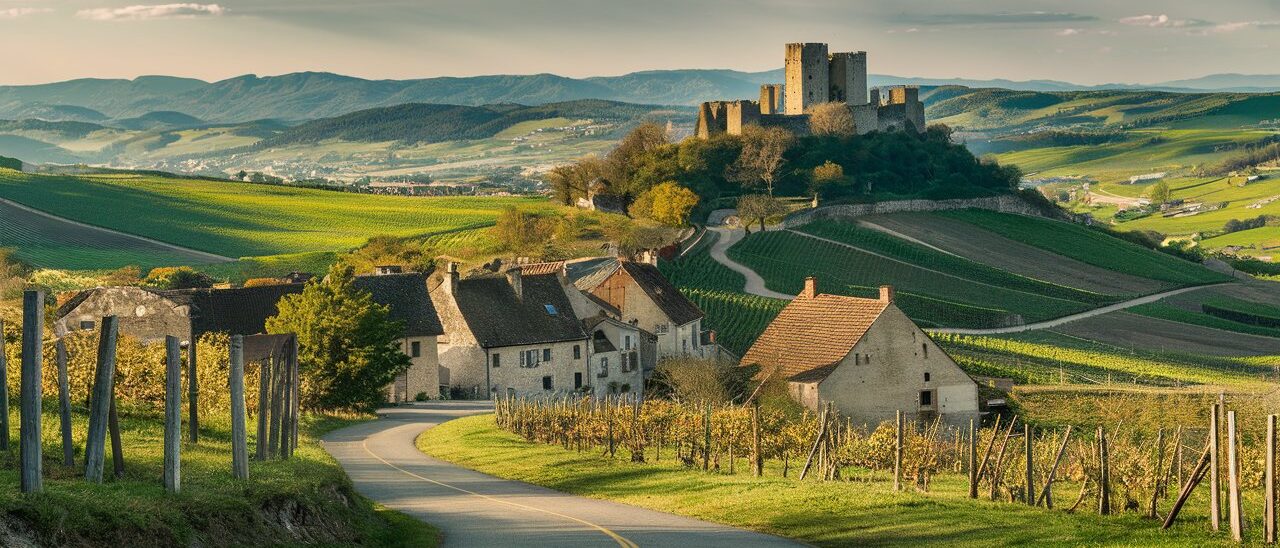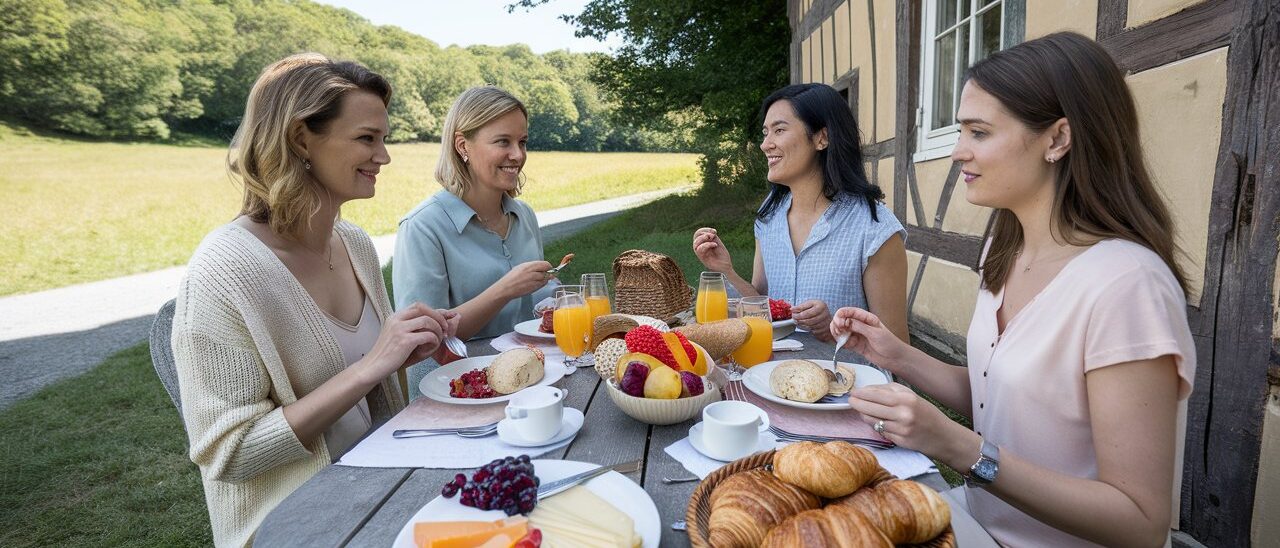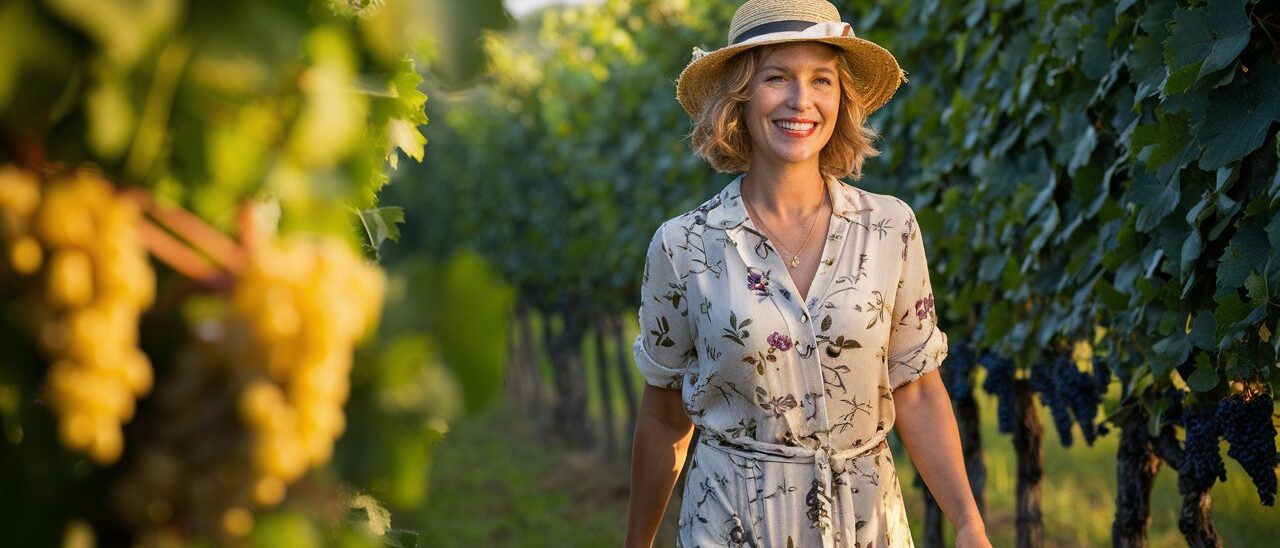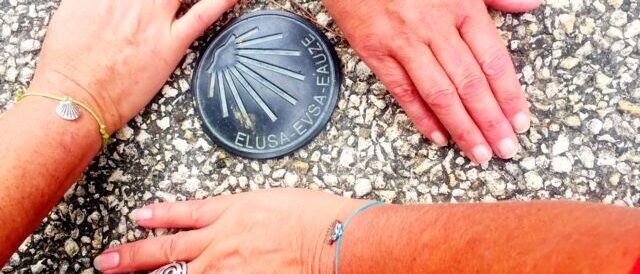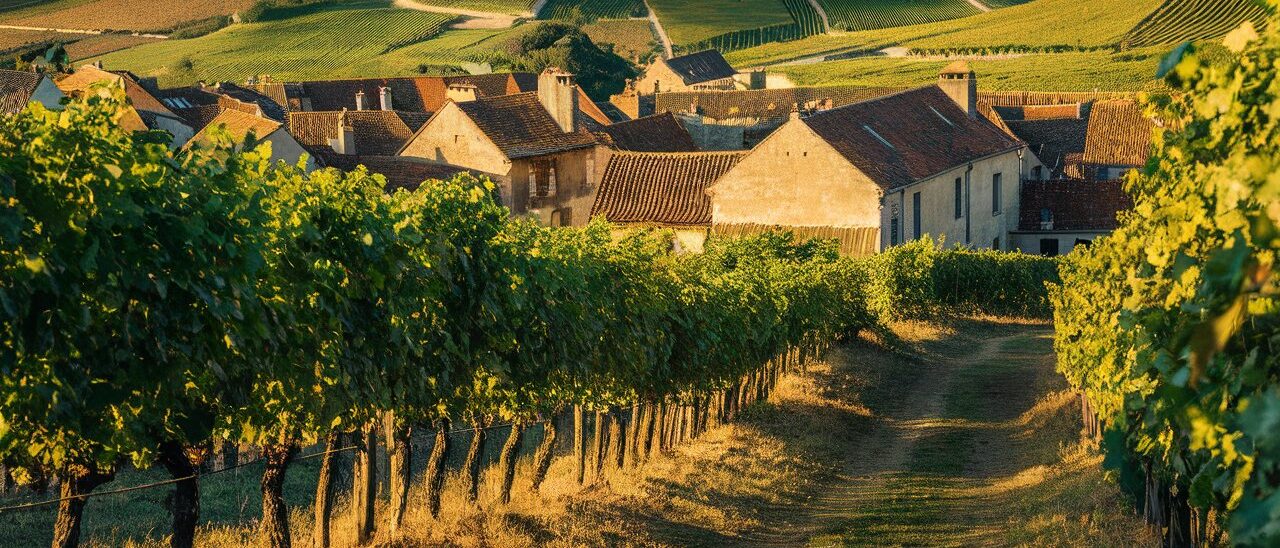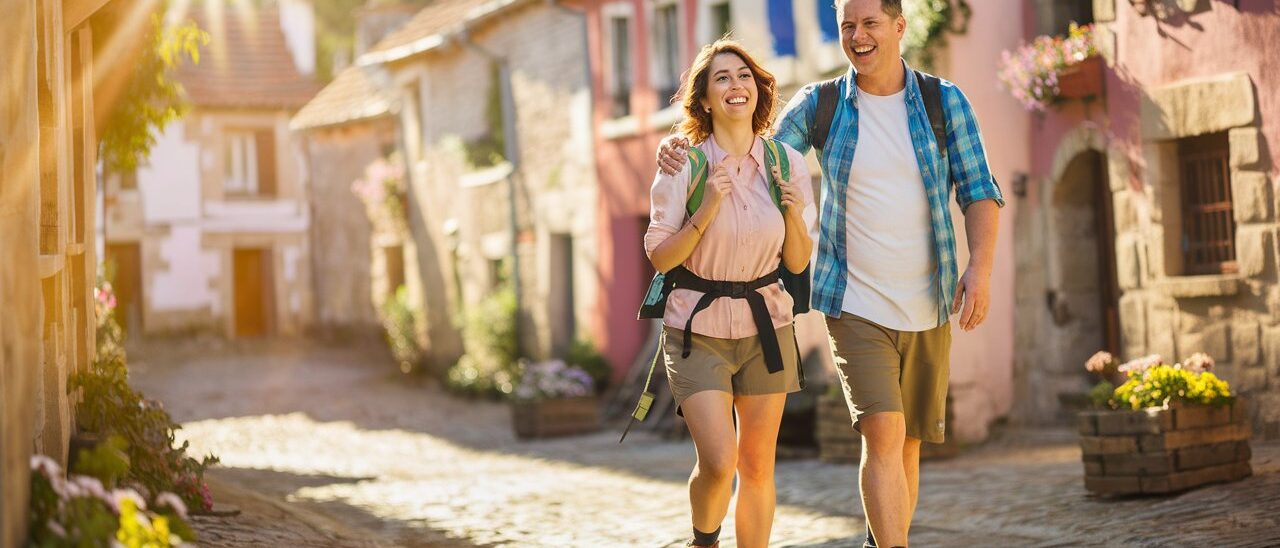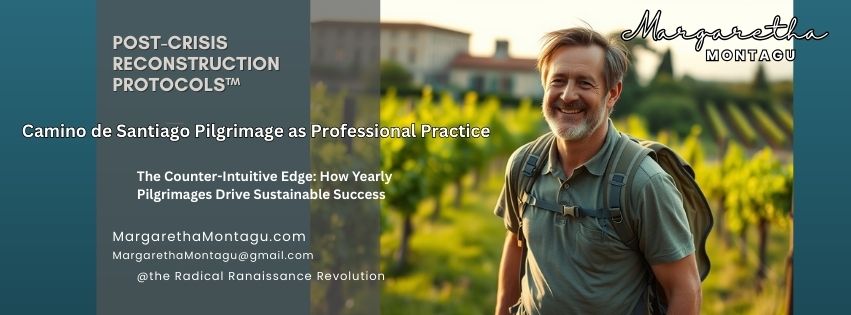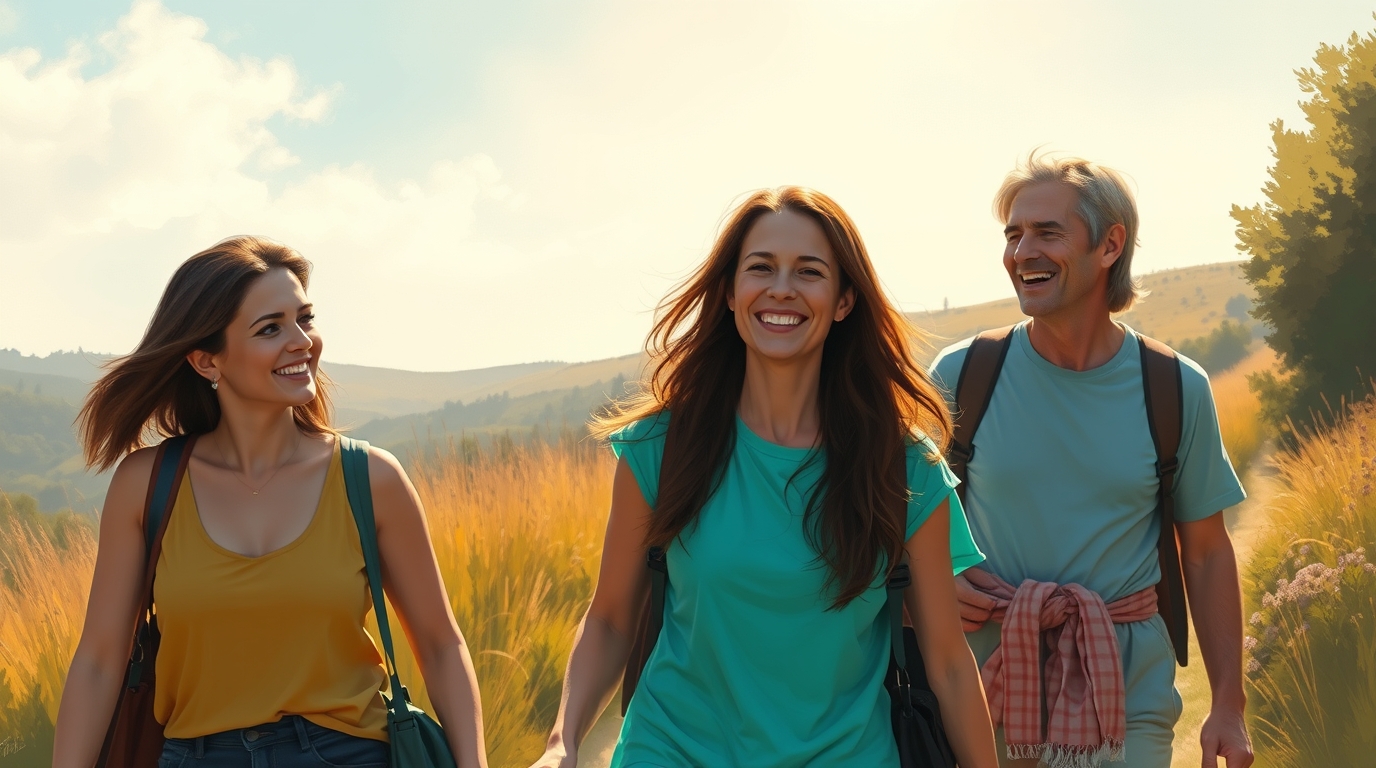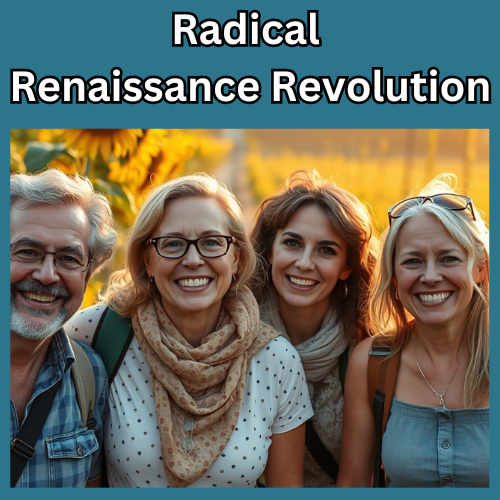How Annual Camino de Santiago Walking Retreats Create Lasting Transformation for Thoughtful Souls
Introduction
The crunch of gravel beneath his boots was the only sound in the predawn darkness as Marco stood frozen on the ancient path, his breath caught in his throat. After forty-seven years of drowning in a world that never stopped talking, he’d finally heard it—that voice. Not the whispers of self-doubt that had plagued him since childhood, nor the practised small talk he’d perfected to survive office parties. No, this was his actual voice, long buried beneath layers of adaptation and expectation, suddenly speaking with startling clarity in the silence of the early morning. Two days of walking, and already the armour he’d spent decades forging was cracking open, revealing not the weakness he feared but a wellspring of untapped power that left him trembling between terror and exhilaration.
For introverts like Marco (and perhaps like you), the Camino de Santiago isn’t just another bucket-list adventure or Instagram opportunity. This ancient pilgrimage route stretching across northern Spain—with its less-travelled sister paths winding through southwestern France—offers something far more valuable: a rare space where introversion isn’t just accommodated but celebrated. Where the natural tendency toward reflection becomes not a liability but a superpower.
We introverts have spent our lives in a world that often mistakes our quietness for weakness, our thoughtfulness for hesitation, our need for solitude as antisocial. But what if these very qualities—when properly nurtured in the right environment—are actually extraordinary strengths waiting to be unleashed?
This is the paradoxical magic of the Camino for the introvert soul. By stepping away from the noise, we finally hear ourselves. By walking alone, we find connection. By journeying outward, we discover what lies within.
For fifteen years now, I’ve had the privilege of witnessing this transformation through my Camino de Santiago walking retreats in the verdant valleys of southwestern France. I’ve watched as executives who can command boardrooms but dread cocktail parties discover a new kind of presence. I’ve seen artists who felt creatively blocked tap into wells of inspiration as deep as the medieval wells that dot the path. I’ve marvelled as anxious overthinkers transform into grounded philosophers, their natural analytical gifts finally finding their proper purpose.
What makes the introvert’s journey along the Camino so uniquely transformative? And why does returning year after year create compound growth that participants describe as “life-altering”? The answers lie in understanding what I’ve come to call the ten superpowers of introverts—natural strengths that the Camino experience doesn’t just accommodate but actively amplifies.
If you’ve ever felt that the world moves too fast, talks too much, and values the wrong things, perhaps it’s time to discover what happens when you honour your introvert nature instead of fighting it. When you walk at your own pace, find your own meaning, and connect with others who understand the eloquence of comfortable silence.
Let me show you how.
Summary
The Camino de Santiago offers introverts a rare and precious gift: a journey where their natural inclinations become strengths rather than liabilities. This article explores the ten distinct superpowers that flourish in the unique environment of the Camino, especially when experienced during my Camino de Santiago walking retreats in southwestern France. We’ll discover how the physical journey becomes a metaphor for inner transformation, how the rhythm of walking unlocks creativity and insight, and why returning year after year creates compound growth that many participants describe as revolutionary. Whether you’re seeking respite from an extroverted world, longing to tap into your authentic self, or simply curious about what happens when introverts are given space to thrive, the Camino offers a path forward that honours your nature rather than asking you to change it.
5 Key Takeaways
- Your introversion is not a flaw to overcome but a wellspring of unique abilities that, when properly nurtured on the Camino, become extraordinary strengths.
- The physical rhythm of walking the Camino creates a meditative state particularly accessible to introverts, unlocking creativity and insights not available in everyday life.
- Annual retreat attendance creates compound growth as each journey builds upon the insights and transformations of previous pilgrimages.
- These non-guided retreats honour the introvert’s need for autonomy while providing the perfect balance of solitude and meaningful connection.
- The Camino environment naturally activates all ten introvert superpowers simultaneously, creating accelerated personal development impossible to achieve in traditional settings.
The 10 Superpowers of Introverts
1. In-depth Observation
While others rush by in chattering groups, snapping selfies at designated viewpoints, the introvert notices how the morning light catches in a single dewdrop on a spider’s web. They absorb the subtle shift in architecture from one village to the next, the changing timbre of church bells, the way a local shopkeeper’s eyes crinkle with unspoken stories.
On the Camino, this superpower transforms from the sometimes overwhelming sensitivity that made crowded malls and open-office plans unbearable into a source of unmilitated joy. What the world labels as “too intense” becomes, in the right environment, an extraordinary capacity for unveil the truth.
“I’ve travelled the world,” remarked Elaine, a 62-year-old retired professor who joined my retreat for the third consecutive year, “but I never saw it as vividly as when I walked the Camino. Now I can’t unsee the miraculous in the mundane.”
2. Thoughtful Processing
In everyday life, our introvert tendency to thoroughly process experiences before responding can be mistaken for slowness or indecision. But on the Camino, this deep processing becomes a valuable asset.
Each day of walking provides new input—landscapes, conversations, physical sensations—that the introvert’s mind naturally distils into wisdom rather than merely collecting as experiences. While extroverts might need to verbally process their journey in real-time, introverts allow insights to percolate, often experiencing profound “aha” moments days after an encounter or challenge.
During my retreats, we honour this process by building in “integration time” where nothing is scheduled and participants are encouraged to journal, rest, or walk in silence, allowing their natural thoughtful processing to yield its richest rewards.
3. Meaningful Connection
Perhaps the most misunderstood introvert trait is our approach to social connection. We’re not antisocial—we’re selectively social. We prefer depth to breadth, quality to quantity.
The Camino creates a unique social environment where connections form organically around shared experience rather than small talk. Fellow pilgrims meet at a water fountain, walk together for an hour or a day, then part with no social pressure to maintain artificial bonds. The result is a series of conversations of startling depth and honesty.
“I’ve told things to strangers on the Camino that I’ve never told my family,” admitted Robert, a 57-year-old financial analyst. “There’s something about walking side by side, not having to make eye contact, that makes truth-telling possible.”
These retreats honour this by creating what I call “connection without obligation”—shared meals and walks, but always with respect for each person’s rhythm and need for solitude.
4. Inner Resilience
The Camino tests everyone physically. Blisters, unexpected storms, wrong turns, shock horror! running out of snacks—all are part of the walking experience. But introverts bring a particular strength to these challenges: inner resilience.
While extroverts might draw energy from rallying the group or finding external support, introverts naturally turn inward during difficulty, accessing deep reserves of determination that surprise even themselves. The quiet person who seemed so gentle at dinner becomes a stone-faced warrior on the mountain pass, pushing through rain and doubt with steady, unwavering steps.
“I never knew I was strong,” whispered Claire, a 41-year-old librarian. “I always thought I was the fragile one, the one who needed protection. Now I know better.”
5. Focused Presence
In an age of perpetual distraction, the ability to be fully present—with a person, a task, or a moment—has become rare and precious. Introverts excel at this singular focus, particularly when freed from the overstimulation of normal life.
On the Camino, this superpower manifests as a profound quality of attention. While walking, introverts often enter a state of flow where time both expands and contracts. Hours pass like minutes; a single minute of beauty can feel everlasting. This focused presence transforms the physical act of walking into a form of moving meditation.
“I realised I’d spent my whole life thinking about what was next,” said Thomas, a 73-year-old retired surgeon. “On the Camino, for the first time, I was exactly where I was. Nowhere else.”
6. Creative Problem-Solving
When faced with unexpected challenges, introverts draw upon their natural ability to step back, observe patterns, and consider multiple solutions before acting.
A flooded trail becomes not an obstacle but a puzzle. A missed bus becomes an invitation to discover an unplanned detour. This creative problem-solving extends beyond the practical to the existential questions that inevitably arise on pilgrimage.
“I came to the Camino with a problem I couldn’t solve,” shared Maria, a 39-year-old teacher. “Should I leave my career? Start over? The answer didn’t come as a lightning bolt but through a series of small realisations, bits of conversation, and quiet moments that gradually formed a clear path forward. I couldn’t have forced that process or rushed it.”
7. Empathetic Understanding
The sensitivity that allows introverts to notice subtle details in landscapes also tunes them to the unspoken emotional states of others. On the Camino, this empathetic understanding creates moments of connection that transcend language and cultural barriers.
A shared water bottle with a limping pilgrim. A quietly offered tissue to someone gazing too long at the horizon. Small acts of kindness that require no words but speak volumes.
“I’ve never felt so understood without having to explain myself,” reflected James, a 62-year-old widower on his first Camino. “People just seemed to know when I needed company and when I needed space.”
My retreats create a container for this empathetic understanding to flourish, particularly as participants return year after year, developing an almost familial attunement to each other’s rhythms and needs.
8. Mindful Decision-Making
The Camino presents a daily stream of decisions: Take the scenic route or the shorter path? Stop at this village or continue to the next? Push through pain or rest?
Introverts excel at mindful decision-making that aligns choices with deeper values rather than momentary impulses. While others might be swayed by group consensus or FOMO, the introvert pilgrim develops an increasing trust in their inner compass.
“I spent most of my life making decisions based on what I thought others expected,” admitted Patricia, a 58-year-old executive. “On my third Camino retreat, I finally recognised the difference between that voice and my own. Now I can hear it at home too, even in the noise of everyday life.”
9. Self-Renewal
Perhaps the most essential introvert superpower is the ability to renew energy through solitude. What looks like withdrawal to others is actually a sophisticated form of self-care and resource management.
The Camino’s rhythm naturally supports this cycle of engagement and renewal. The physical act of walking becomes a moving meditation that replenishes rather than depletes. The long stretches of optional solitude allow for the deep restoration that introverts require.
“I used to think something was wrong with me because I needed so much alone time,” said Michael, a 45-year-old graphic designer. “On the Camino, I discovered that my need for solitude wasn’t a defect but the source of my creative power. Now I protect that time without apology.”
My retreat structure respects this need, creating what one participant called “alone together time”—the comfort of knowing others are nearby without the pressure of constant interaction.
10. Authentic Expression
When freed from the expectation to perform socially in prescribed ways, introverts often discover a voice of surprising clarity and power.
On the Camino, stripped of professional identities and social masks, many introverts experience the joy of authentic expression for the first time. The person who struggles with small talk might share a poem of breathtaking beauty around the dinner table. The quiet executive might reveal a profound philosophical insight while walking.
“I’ve spent my career adapting to an extrovert’s world,” reflected Ellen, a 51-year-old attorney. “On the Camino, I remembered who I was before I learned to pretend. That voice—my actual voice—was still there, waiting.”
The Camino Experience for Introverts
What makes the Camino so uniquely suited to introverts? It begins with the nature of pilgrimage itself—a journey undertaken for reasons beyond tourism or exercise, a movement both external and internal.
The Camino offers a rare balance that feels almost designed for the introvert temperament. The shared path creates a loose community with no demands. The physical challenge provides natural conversation starters, eliminating the need for small talk. The historical and spiritual dimensions invite depth without requiring doctrinal adherence.
Most importantly, the Camino’s rhythm aligns perfectly with the introvert’s natural cadence. The daily pattern of walking, resting, eating, and sleeping creates a simplicity that strips away the noise and performance of everyday life. In this simplicity, introverts find not deprivation but liberation.
“It’s like the volume got turned down on everything that doesn’t matter,” observed William, a 68-year-old lawyer from Arkansas. “And in that quiet, I could finally hear what does.”
The southwestern French route followed during my retreats offer particular advantages for introverts. Less travelled than the main Spanish routes, these ancient paths provide more opportunities for solitude while still offering the camaraderie that makes the Camino special. The French countryside, with its rolling hills and ancient villages, creates a physical environment that mirrors the gentle, undulating nature of introvert thought—reflective rather than overwhelming, varied but not chaotic.
An Introvert’s Transformation: Sophie’s Story
The afternoon sun cast long shadows across the vineyard as Sophie stood motionless, her backpack heavy against her shoulders, her eyes fixed on the horizon where the Pyrenees rose like distant guardians. She should have felt accomplished, having walked eighteen kilometres that day—her longest yet. Instead, a familiar heaviness pressed against her chest, that same unnameable weight she’d carried from her London apartment to her consulting office to countless networking events where her practised smile never quite reached her eyes.
“You’ll love the Camino,” her sister had insisted. “It’s social! You’ll meet people from everywhere!”
Sophie had nodded, not bothering to explain that this was precisely what exhausted her—people from everywhere, all wanting pieces of her limited energy, all needing to be engaged with the bright enthusiasm her profession demanded. At fifty-three, she had perfected the art of appearing engaged while feeling hollow, of speaking eloquently while her true thoughts remained locked inside.
But she’d come anyway. Because what else was there to do with a sabbatical year and a life that looked successful on paper but felt increasingly like someone else’s?
Three days in, Sophie had yet to experience the transformation her guidebook promised. Her feet hurt. She’d spoken to few people, deflecting conversation with polite smiles and brief answers. Each night she collapsed in her blissfully private room, relieved to have survived another day of what was supposed to be enlightenment.
Now, pausing to adjust her pack, she noticed a stone wall bordering the vineyard. Something about its solidity called to her, and she found herself climbing over and sitting with her back against its sun-warmed surface. From her pack, she withdrew the journal she’d dutifully purchased but had yet to open.
Ten minutes, she promised herself. Ten minutes to rest before continuing to the next village.
She opened the blank page and, without planning to, wrote: “I am so tired of pretending.” She scratched that out and replaced it with “performing.”
The words stared back at her, stark and undeniable. And then, like water through a suddenly broken dam, more words came:
“I am tired of nodding when I disagree. Of saying yes when I mean no. Of filling silence because others find it uncomfortable. Of attending parties that drain my life force. Of apologising for needing space. Of believing something is wrong with me.”
She wrote until her hand cramped, the journal pages filling with decades of unacknowledged truth. When she finally looked up, the sun had shifted, painting the vineyard gold. How long had she been writing? Thirty minutes? An hour?
For the first time since arriving on the Camino, Sophie didn’t feel rushed. The next village, the next marker, the next achievement could wait. This moment—this honest reckoning—couldn’t.
A flutter of movement caught her eye. Across the vineyard, a solitary figure was walking slowly between the rows of grapevines. An old man with weathered hands was tenderly examining the leaves, his attention completely absorbed in the task. He hadn’t noticed Sophie, tucked against her wall, and she had the strange privilege of watching someone who believed themselves unobserved.
There was something in his focused movements that struck her. A completeness. A lack of performance. He wasn’t doing this task for anyone’s approval or acknowledgment. He simply was, fully present in his quiet communion with the vines.
Something shifted in Sophie’s chest. Not a dramatic epiphany but a quiet recognition, like finding a door in a familiar wall that she’d somehow never noticed before.
Was it possible that what she’d been calling her weakness—this need for solitude, this discomfort with constant social engagement, this tendency toward deep focus rather than wide attention—wasn’t a flaw at all? What if it were simply a different way of being, neither better nor worse than its opposite?
The next morning, Sophie did something unprecedented. Instead of forcing herself to join her chatty group, she set out an hour earlier, slipping away in the predawn light. Alone on the path, she walked to the rhythm of her own breathing, her senses gradually opening to the chorus of morning birds, the changing texture of light through leaves, the ancient stories embedded in stone walls and church spires.
By afternoon, she’d caught up with others, exchanging brief, genuine words at water fountains and rest stops. But something had changed in these encounters. She no longer felt the need to perform interest or manufacture energy. She spoke when she had something to say and fell silent when she didn’t, without apology or explanation.
To her surprise, these authentic interactions, though briefer, felt more satisfying than all her previous well-executed social performances.
Days passed. The rhythm of walking alone, connecting briefly, then returning to solitude, became not just comfortable but nourishing. Her journal filled with observations, questions, and realisations that seemed to bubble up from a previously untapped source.
On the last day, climbing a steep path through a forest of oak and chestnut, Sophie encountered a fallen tree blocking the trail. As she considered her options, another pilgrim arrived—an older woman with silver hair and eyes that crinkled at the corners.
“Quite the obstacle,” the woman remarked, studying the tree.
Together, they scouted alternate routes, eventually discovering a narrow path that circumvented the blockage. As they walked side by side, conversation flowed with surprising ease. The woman was a retired botanist from New Zealand, walking the Camino for the fifth time.
“It changes you,” she said, “but never how you expect. The first time, I came seeking dramatic answers. Now I know the Camino doesn’t give answers—it teaches you to ask better questions.”
They walked together until the next village, then parted with simple warmth. No exchanged contact information, no promises to meet again. Just a connection that existed perfectly in its moment, neither diminished by its brevity nor burdened by expectations.
That evening, writing in her journal, Sophie realised she’d spent the entire day without the heaviness in her chest. In its place was something new—a lightness that wasn’t giddy excitement but calm certainty.
“I am an introvert,” she wrote, the words both obvious and revolutionary. “And that is not something to fix or overcome. It is the source of my strength.”
By the end of the retreat, something in Sophie’s posture had already changed. She sat with quiet confidence, speaking seldom but with remarkable clarity when she did. During group activities, she participated fully, then slipped away for solitary walks without elaborate explanations or apologies.
“I used to think I was broken,” she told me on the final evening as we watched the sunset from the terrace. “Too sensitive. Too thoughtful. Too intense about some things and not excited enough about others. Now I understand I’ve been trying to live by a rulebook written for someone else.”
She turned to face me, her eyes clear and direct in a way they hadn’t been when we first met.
“I don’t need to be fixed,” she said. “I need to be valued precisely for how I am.“
The following year, Sophie returned to my little farm for another retreat—not as someone seeking transformation but as someone continuing a conversation with herself. And the year after that. Each pilgrimage adding new layers of insight, each return to “normal” life marked by increased authenticity.
“The world hasn’t changed,” she told us during her fourth retreat, “but my willingness to bend myself to fit it has. That’s the real pilgrimage—the journey from pretending to being.”
How Annual Retreats Accelerate Personal Development
Sophie’s story illustrates a pattern I’ve witnessed repeatedly: the first Camino journey often sparks recognition and permission—the realisation that introversion is not a flaw but a different, equally valuable way of being in the world.
But it’s in returning—in making the pilgrimage an annual practice rather than a one-time event—that the deepest transformation occurs.
Why? Because personal growth, particularly for introverts, tends to follow a spiral pattern rather than a linear one. We revisit the same themes and challenges but from progressively higher vantage points, each turn of the spiral incorporating the wisdom of previous journeys.
The first Camino often breaks open what psychologists call the “introvert’s dilemma”—the tension between authentic self-expression and social adaptation. Pilgrims recognize how much energy they’ve been expending to fit extroverted expectations and experience the relief of temporarily setting down that burden.
The second Camino typically focuses on reclamation—recovering parts of the self that have been suppressed or neglected. Many participants report rediscovering childhood passions, creative impulses, or spiritual inclinations that had been set aside in the rush of adult responsibilities.
By the third Camino, most participants are working on integration—bringing their “Camino self” back into everyday life rather than compartmentalising. The questions shift from “Who am I really?” to “How can I live from this authentic centre despite external pressures?”
Fourth and subsequent pilgrimages often centre on contribution—how the introvert’s unique gifts can serve others without depleting the self. Many participants report career changes, relationship reconfigurations, or creative projects that allow them to express their introvert strengths more fully in the world.
This spiral pattern of growth requires time and repetition. The annual rhythm creates a perfect container—frequent enough to maintain momentum but spaced widely enough to allow for integration and application in everyday life.
“Each year I arrive with different questions,” reflected David, a 67-year-old participant in his fifth retreat. “And each year, the same path somehow provides exactly the insights I need. It’s like the Camino meets you where you are.”
The Unique Benefits of My Retreats for Introverts
What makes my particular retreat model so effective for introverts? It begins with the non-guided nature of the experience.
Unlike highly structured group tours where participants move in lockstep through predetermined activities, our non-guided approach honours the introvert’s need for autonomy while still providing essential support and community.
Each morning begins with a wholesome brunch. Participants then set out individually or in organically formed small groups, walking at their own pace for distances of their choosing. Some walk together all day, engaging in the deep conversations that emerge naturally on the path. Others prefer solitude, perhaps meeting up at designated rest points or not until the evening meal.
This flexibility allows each person to calibrate their social engagement according to their energy levels and needs—a rare luxury for introverts accustomed to rigid social expectations.
“I never have to explain why I need to walk alone for a few hours,” said Julia, a 59-year-old accountant. “No one takes it personally or thinks I’m being antisocial. That freedom from judgment is perhaps the greatest luxury of all.”
The choice of the southwestern French routes also serves the introvert temperament particularly well. Less trafficked than the more famous Spanish paths, these routes offer more opportunities for the solitude and natural beauty that nourish the introvert soul.
The accommodation prioritises quiet comfort over social buzz. Private rooms are always available for those who need complete solitude to recharge, while common areas provide spaces for voluntary gathering.
Perhaps most importantly, my retreat model respects the introvert’s relationship with time. There’s no rush to transformative insights, no forced sharing of “what I learned today.” The seven-day duration provides enough separation from everyday life to access deeper awareness while being manageable for those who find extended social settings challenging.
“What I appreciate most,” shared Thomas, a 71-year-old retired mechanic attending his fourth retreat, “is that nothing is forced. Insights arise when they’re ready, not when a program dictates they should.”
5 FAQs About The TrailTracers Retreat
1. “Do I need to be religious to benefit from the Camino retreat?”
Absolutely not. While the Camino originated as a Catholic pilgrimage, my retreats welcome people of all faiths and none. The path itself has become a spiritual metaphor that transcends any particular religious tradition—a journey of self-discovery that speaks to universal human experiences of searching, finding, and growing.
Many of my participants describe themselves as “spiritual but not religious” or simply as seekers. The Camino meets you wherever you are on your spiritual journey without imposing any particular framework or belief system.
That said, the route is dotted with magnificent churches, monasteries, and other religious sites that offer their own quiet wisdom regardless of your beliefs. Many introverts find these spaces particularly nourishing—islands of contemplative silence in a noisy world.
2. “How physically demanding is the walking portion?”
Our retreats are designed to be accessible to most reasonably fit adults, regardless of age. The daily walking distances range from 10 to 20 kilometres (approximately 6 to 12 miles), with most days falling in the 10-12 kilometre range.
The terrain in southwestern France includes gentle hills rather than steep mountains, and the paths are generally well-maintained. I provide detailed information about each day’s route, allowing you to make informed decisions about which sections to walk and which (if any) to skip.
Many participants are surprised to discover that the physical challenge of the Camino is as much mental as physical. The rhythmic nature of walking becomes meditative, and many find they can walk farther than they initially believed possible.
This unique format means you can adjust your pace and distance each day according to your energy levels and physical comfort.
3. “What if I need alone time during a group retreat?”
My retreats are specifically designed with the introvert’s need for solitude in mind. Unlike traditional group tours, where participants move together throughout the day, my format allows you to walk alone whenever you wish and retire to your room when you need to recharge.
The group aspects of this retreat—brunch, the evening meals out, occasional group gatherings—are all voluntary. Many participants develop a personal rhythm that includes both meaningful connection and necessary solitude.
“I was worried about being ‘trapped’ with a group for seven days,” admitted Rachel, a 49-year-old author. “Instead, I found I could seamlessly move between solitude and connection as my energy dictated. That freedom made the connections I did form much more genuine and nourishing.”
4. “How is each year’s retreat different from the last?”
While the physical route remains largely the same, each year’s retreat has its own unique energy and focus, shaped both by the composition of the group and by the personal journey each participant brings to the experience.
Many returning participants report that the same path somehow offers completely different insights when walked a second, third, or fourth time. As in life, we don’t step into the same river twice—both we and the Camino have changed in the interval between visits.
“My first year was about recognition—seeing my introversion clearly for the first time,” reflected Michael, a 58-year-old architect attending his fourth retreat. “My second was about healing the wounds caused by trying to be someone I’m not. My third was about reimagining my work life to honour my introvert needs. And this year seems to be about deepening my capacity for selective, meaningful connection. Same path, entirely different journey.”
Each year also features subtle variations based on participant feedback and my own evolving understanding of what best serves the introvert pilgrimage experience.
5. “What specific transformation can I expect as an introvert?”
While each person’s journey is unique, certain patterns emerge consistently among my introvert participants:
- A profound release from self-judgment about introvert traits
- Increased energy and creativity from celebrating rather than fighting natural rhythms
- New language and frameworks for explaining introvert needs to others
- Practical strategies for managing energy in extrovert-dominated environments
- Deeper appreciation for the unique gifts that introversion brings to relationships and work
- A shift from seeing introversion as something to overcome to recognising it as a source of strength
Perhaps most importantly, participants report a lasting change in their relationship with themselves—a quiet confidence that comes from walking their own path, literally and figuratively, at their own pace.
“I arrived believing something was wrong with me,” said Catherine, a 63-year-old retired nurse. “I left knowing my sensitivity, thoughtfulness, and need for solitude aren’t flaws to fix but gifts to cherish. That shift changed everything—how I interact with family, how I structure my days, how I meet my needs without apology.”
Further Reading
For those wanting to explore these themes more deeply between retreats, here are several books that have particularly resonated with our participants:
- Quiet: The Power of Introverts in a World That Can’t Stop Talking by Susan Cain—The groundbreaking exploration that launched the introvert revolution, offering both validation and practical strategies.
- The Pilgrim Soul: A Path to the Sacred Transcending World Religions by Ravi Ravindra—A thoughtful exploration of pilgrimage as a universal spiritual practice beyond specific religious traditions.
- Solitude: In Pursuit of a Singular Life in a Crowded World by Michael Harris—A beautiful meditation on the value of aloneness in an increasingly connected world.
- Walking Home: A Pilgrimage from Humbled to Healed by Sonia Choquette—A personal account of finding healing and transformation on the Camino.
- The Way of the Introvert: A Journey to Authenticity and Meaningful Connection by Michaela Chung—Practical guidance for living authentically as an introvert while building relationships that respect your nature.
- Deep Work: Rules for Focused Success in a Distracted World by Cal Newport—Though not specifically about introversion, this book validates the introvert’s natural capacity for focused attention as a rare and valuable skill in today’s fragmented world.
Your Invitation
As the ancient pilgrim paths have witnessed for centuries, transformation rarely happens in dramatic lightning-bolt moments. Rather, it emerges through the patient accumulation of steps, the gentle rhythm of presence, and the quiet courage to keep walking—both literally and metaphorically—toward your truest self.
For introverts, this journey holds particular power. In a world that often measures worth by visibility, volume, and velocity, the Camino offers a radical alternative: a path where depth trumps breadth, where silence speaks louder than noise, where being matters more than doing.
Our annual non-guided retreats in southwestern France create a container for this transformative journey—a rare space where your introvert nature is not merely accommodated but celebrated as the wellspring of wisdom and strength it truly is.
Whether you’re taking your first tentative steps toward embracing your introvert identity or continuing a pilgrimage of deepening and integration, we invite you to join our community of thoughtful travellers. Together, yet each at our own pace, we walk toward a vision of life where introvert strengths are fully realised and freely offered to a world desperately in need of our gifts.
About My 7-day transformational TrailTracers Retreat
Dates: every 1st and 3rd Saturday, March to December
Location: Two sections (Eauze to Aire-sur-Adour) of the ancient pilgrim path from Puy-en-Velay of southwestern France, beginning in Le Puy and winding through the verdant foothills of the Pyrenees.
To register or learn more, visit my TrailTracers webpage or email Welcome2Gascony@gmail.com.
“In the end, the Camino’s greatest gift to introverts isn’t what it adds to our lives but what it strips away—the pressure to be other than we are. In that spacious freedom, we discover that what we thought was our weakness is actually our most profound strength.” — Clare B., four-time retreat participant
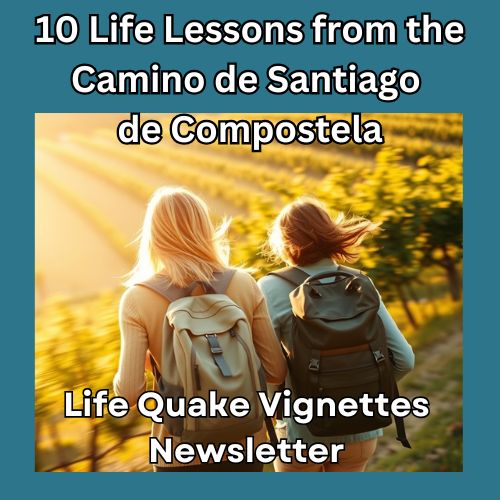
10 Powerful Life Lessons Learned While Walking the Camino de Santiago – a free guide filled with 10 not just “quaint anecdotes” or Instagram-worthy moments (though there are plenty of those) but real transformations from real people who walked the same insight-giving trail you might want to walk one day walk – Subscribe to the LifeQuake Vignettes newsletter to Download the Guide
Hit the pause button and regain your footing during a From Troubled to Triumphant Retreat. Imagine walking a peaceful stretch of the Camino de Santiago, where every step helps untangle the mental clutter or spending time with gentle Friesian horses who teach you the art of mindfulness. Whether you choose to make a change or are forced to, this retreat offers the perfect blend of peace, perspective, and playful exploration to help you rise from troubled to triumphant!
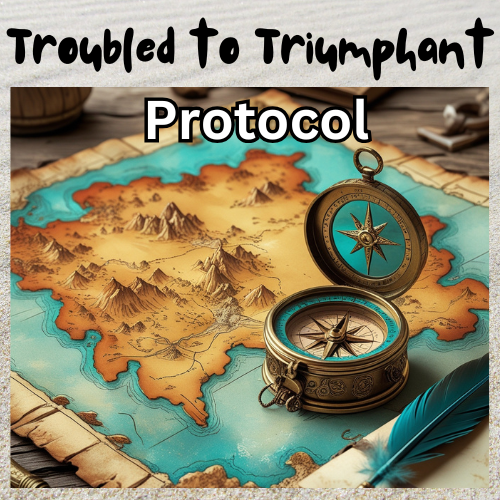
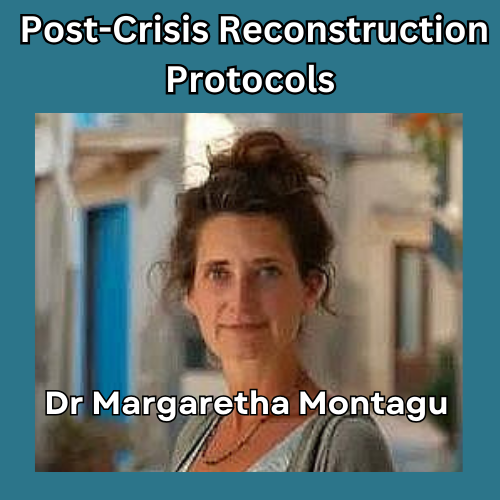
“I am an experienced medical doctor – MBChB, MRCGP, NLP master pract cert, Transformational Life Coach (dip.) Life Story Coach (cert.) Counselling (cert.) Med Hypnotherapy (dip.) and EAGALA (cert.) I may have an impressive number of letters after my name, and more than three decades of professional experience, but what qualifies me to excel at what I do is my intuitive understanding of my clients’ difficulties and my extensive personal experience of managing major life changes using strategies I developed over many years” Dr M Montagu

